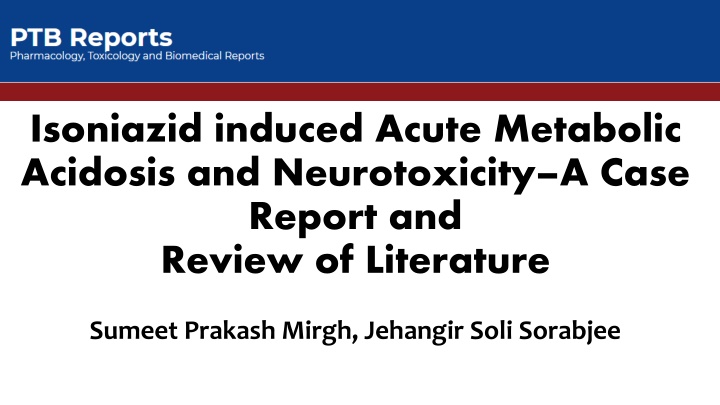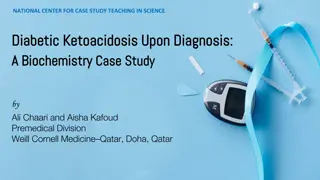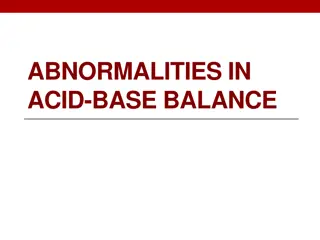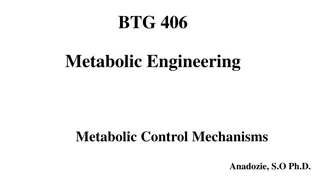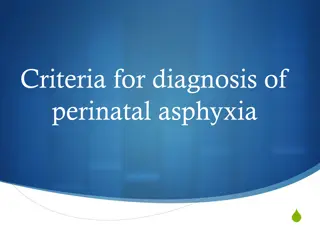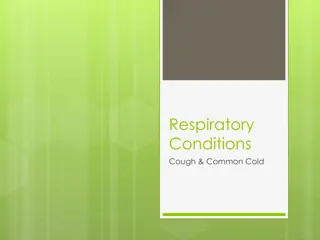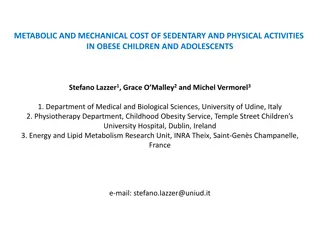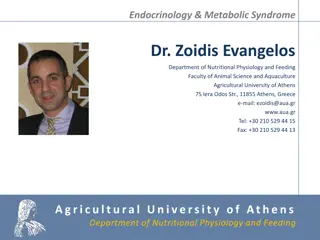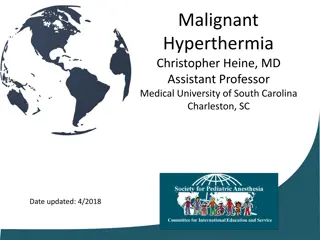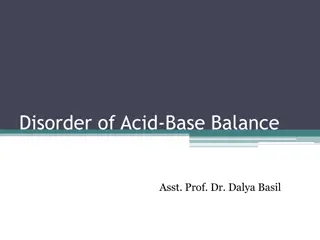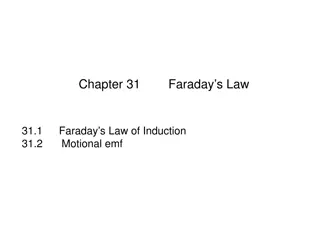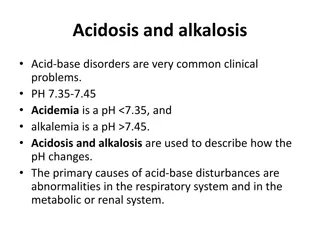Isoniazid-Induced Acute Metabolic Acidosis and Neurotoxicity: A Case Report and Review of Literature
Isoniazid (INH) toxicity can lead to severe metabolic acidosis and neurologic manifestations. Recognizing overdose symptoms is critical for prompt treatment with pyridoxine and supportive therapy.
Download Presentation

Please find below an Image/Link to download the presentation.
The content on the website is provided AS IS for your information and personal use only. It may not be sold, licensed, or shared on other websites without obtaining consent from the author.If you encounter any issues during the download, it is possible that the publisher has removed the file from their server.
You are allowed to download the files provided on this website for personal or commercial use, subject to the condition that they are used lawfully. All files are the property of their respective owners.
The content on the website is provided AS IS for your information and personal use only. It may not be sold, licensed, or shared on other websites without obtaining consent from the author.
E N D
Presentation Transcript
Isoniazid induced Acute Metabolic Acidosis and Neurotoxicity A Case Report and Review of Literature Sumeet Prakash Mirgh, Jehangir Soli Sorabjee
Isoniazid (INH) is a crucial drug in the prevention and treatment of tuberculosis. INH is commonly known to cause derangements in liver function tests and peripheral neuropathy due to pyridoxine deficiency in slow acetylators. However, in toxic doses it is known to cause severe neurologic manifestations and acute metabolic acidosis. INH toxicity is characterized by the clinical triad of repetitive seizures unresponsive to the usual anticonvulsants, metabolic acidosis with a high anion gap and coma. Hence, the diagnosis of INH overdose should be considered in any patient who presents to Emergency medical services (EMS) with the triad. Though accidental overdose of anti-tuberculosis drugs have been reported in children and adults, acute toxicity is rare. When recognized, intravenous pyridoxine and correction of acidosis with sodium bicarbonate and supportive treatment is effective. The condition is easily treated with intravenous pyridoxine but if not treated in time could prove fatal. Unlike other poisonings, serum INH levels do not co-relate with either symptomatology or liver injury.
KEYWORDS Acidosis, Isoniazid (INH), Pyridoxine, Seizures, Toxicity.
INH has been reported to cause high anion gap metabolic acidosis and seizures as a manifestation of its toxicity. Pyridoxine, sodium bicarbonate and supportive therapy has shown to be effective for INH toxicity. As Tuberculosis is very common in India, it is very important for clinicians to know the manifestations and treatment of INH toxicity due to suicidal as well as accidental ingestion in children.
